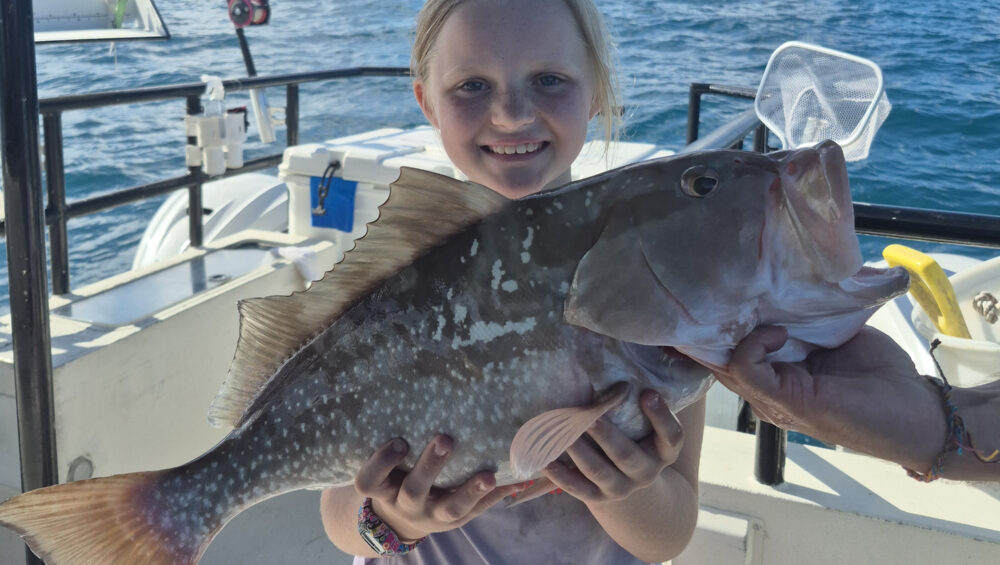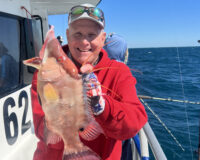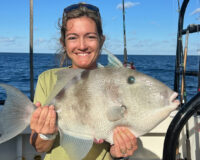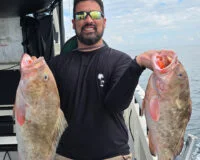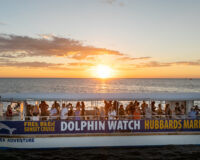Inshore Fishing Report
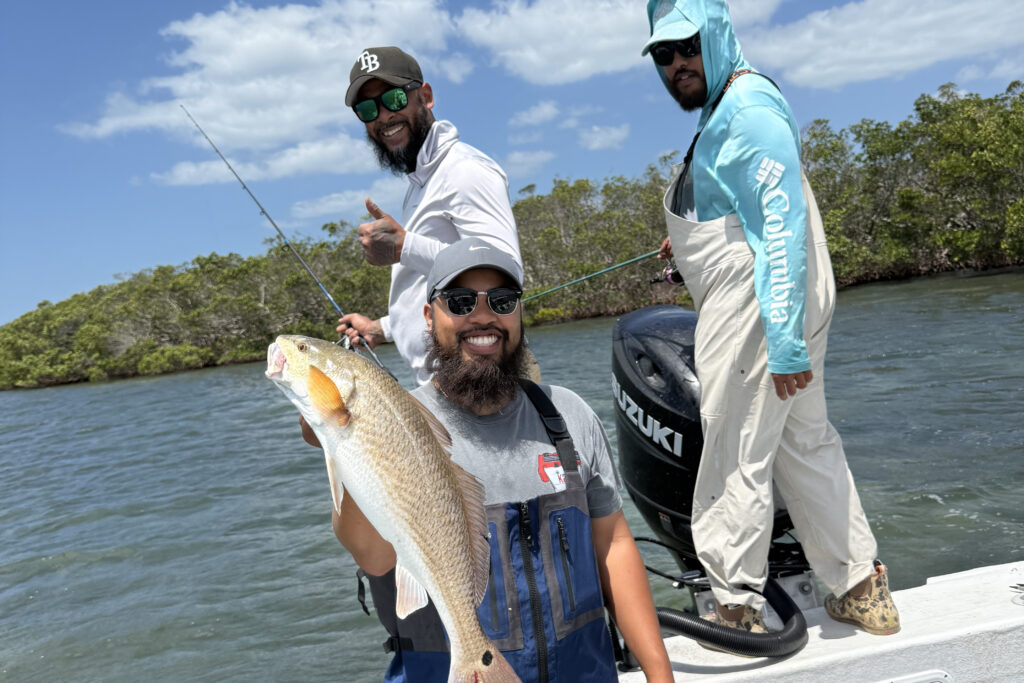
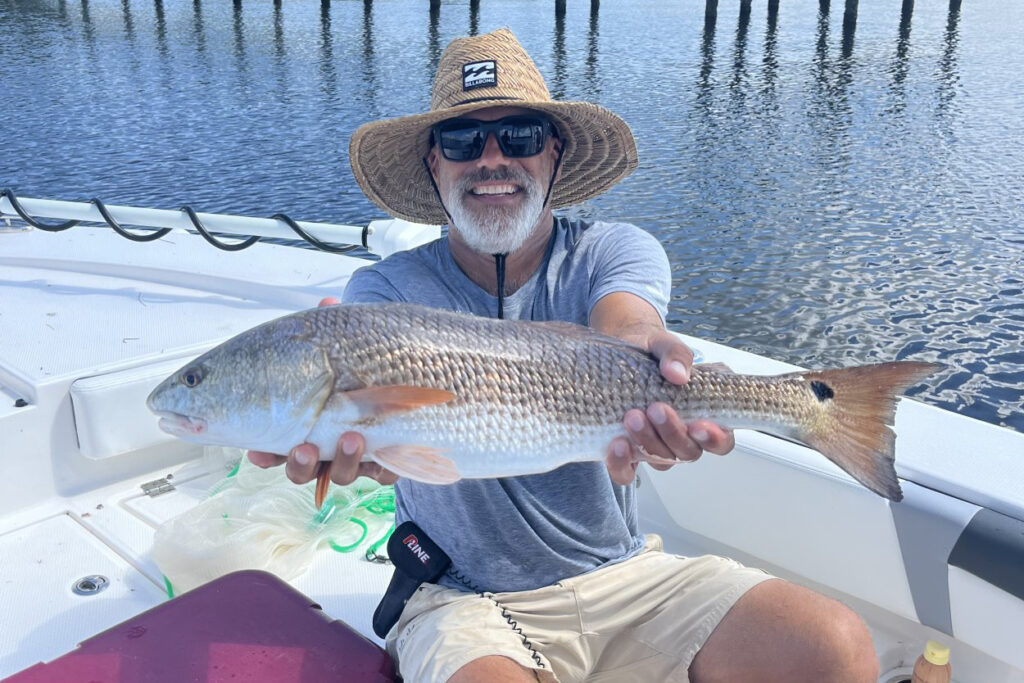
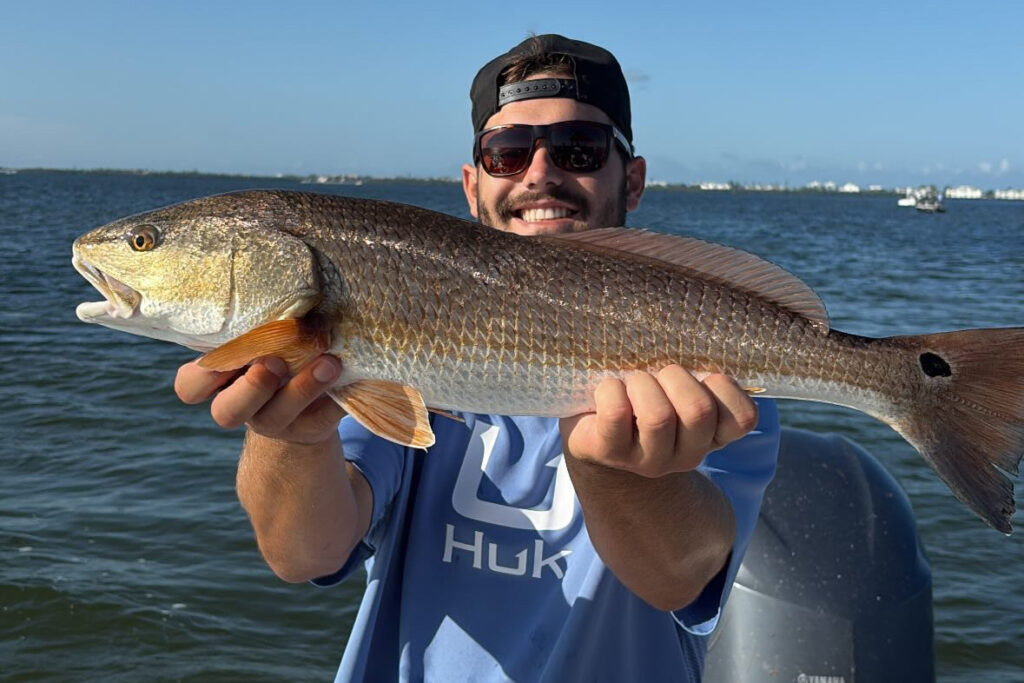
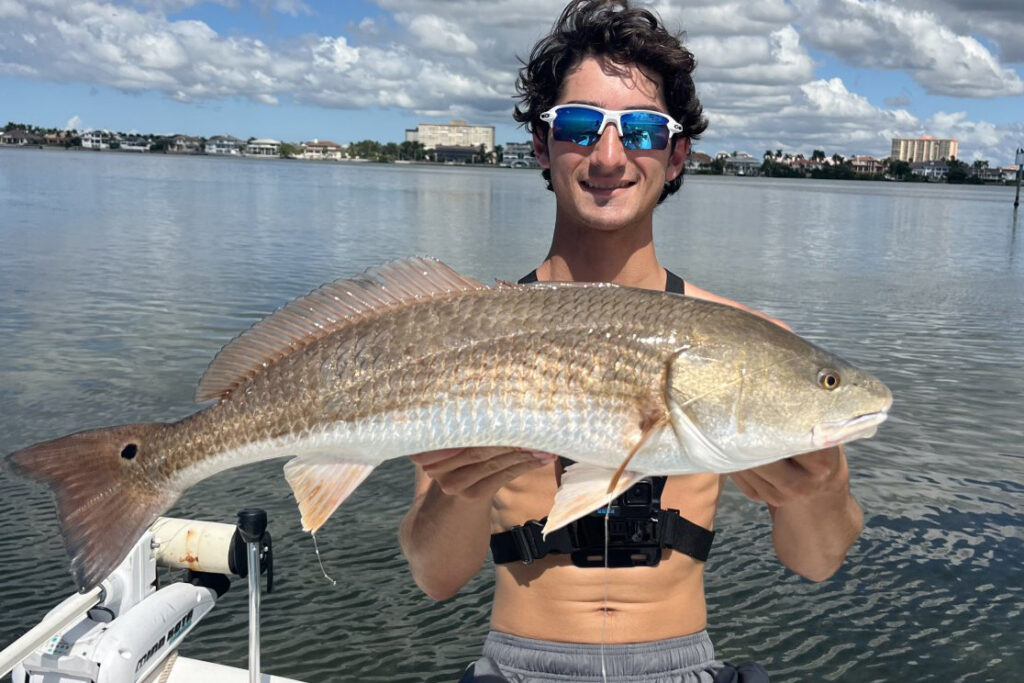
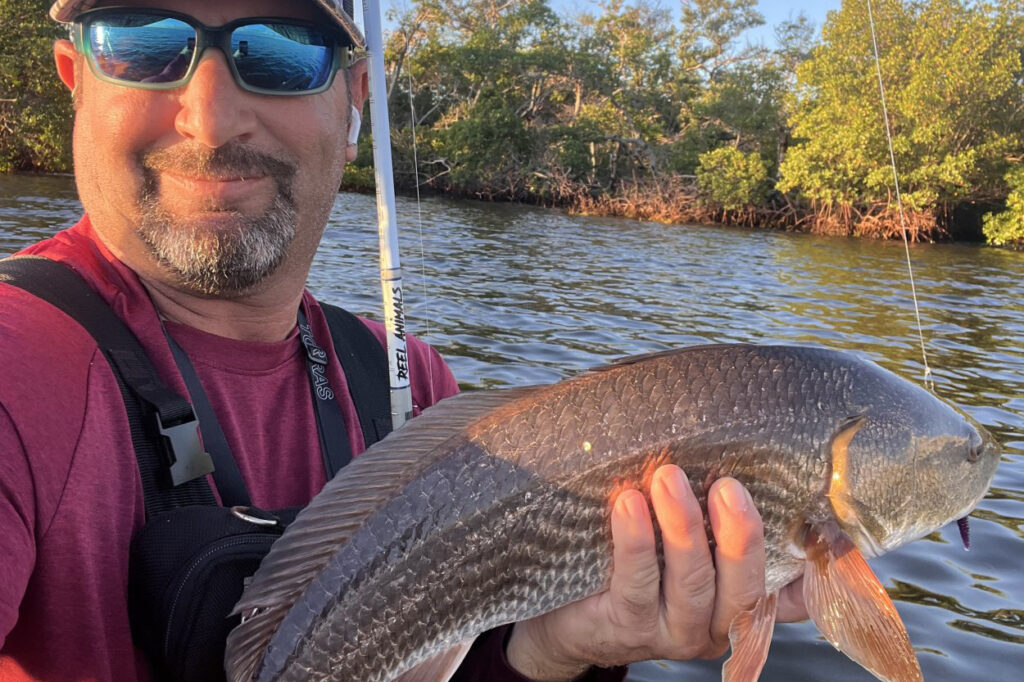
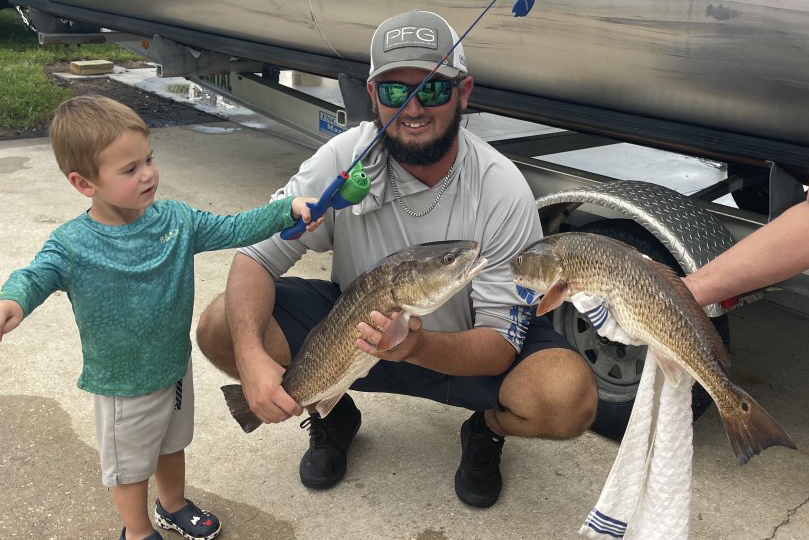
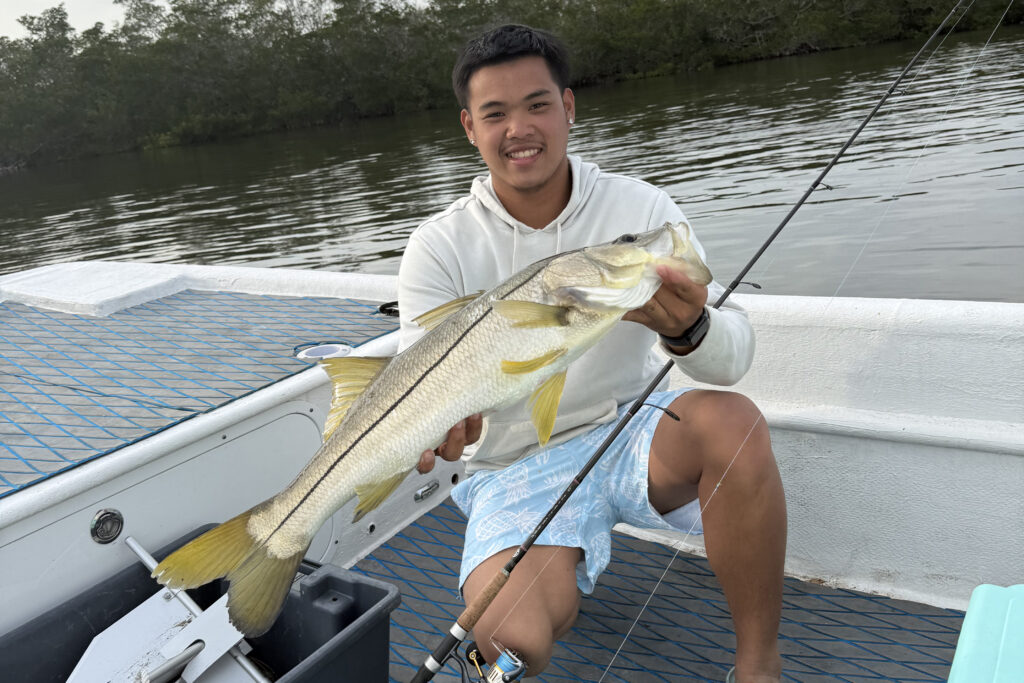
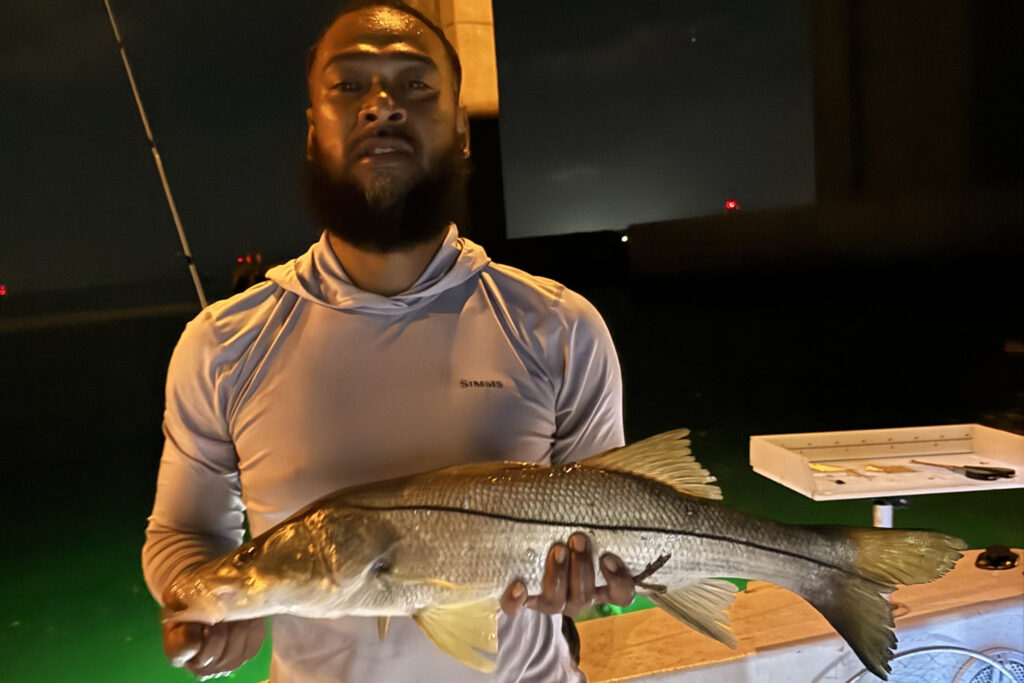
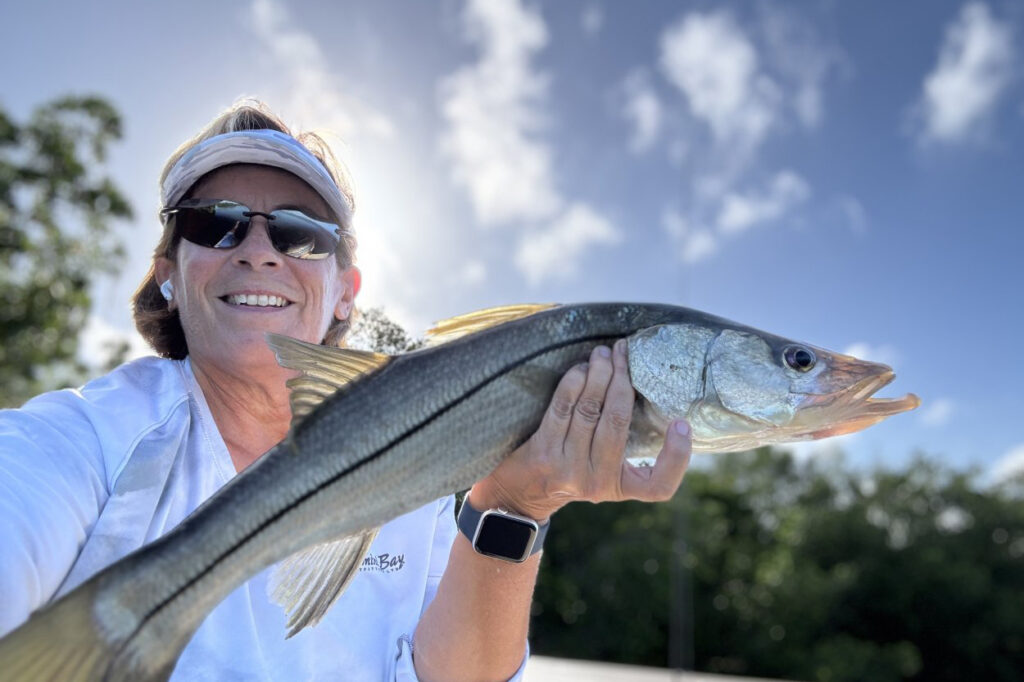
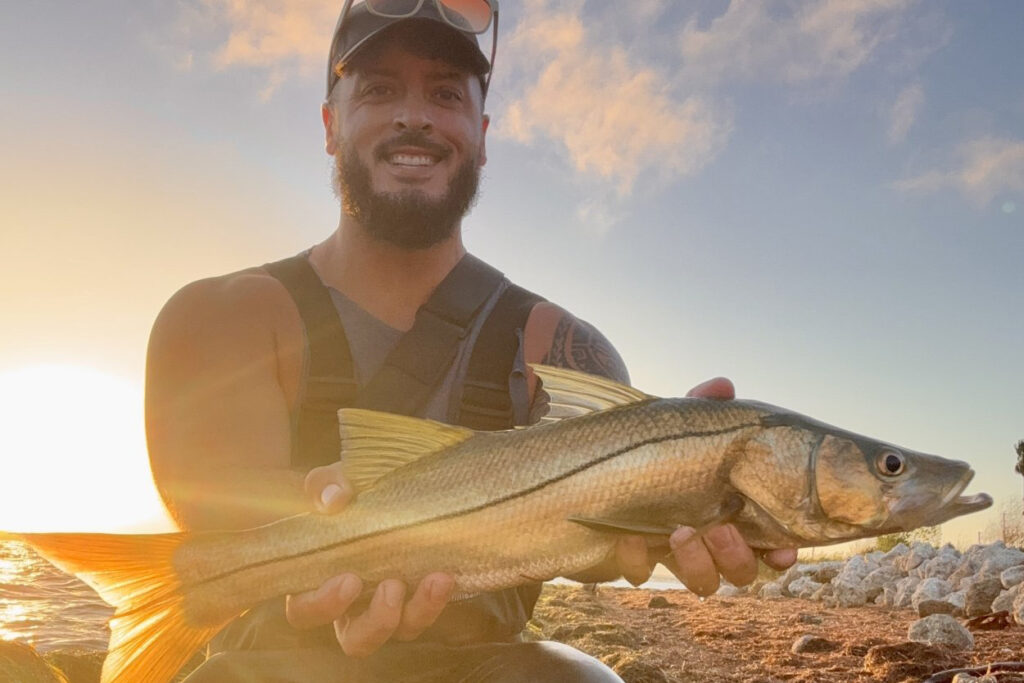
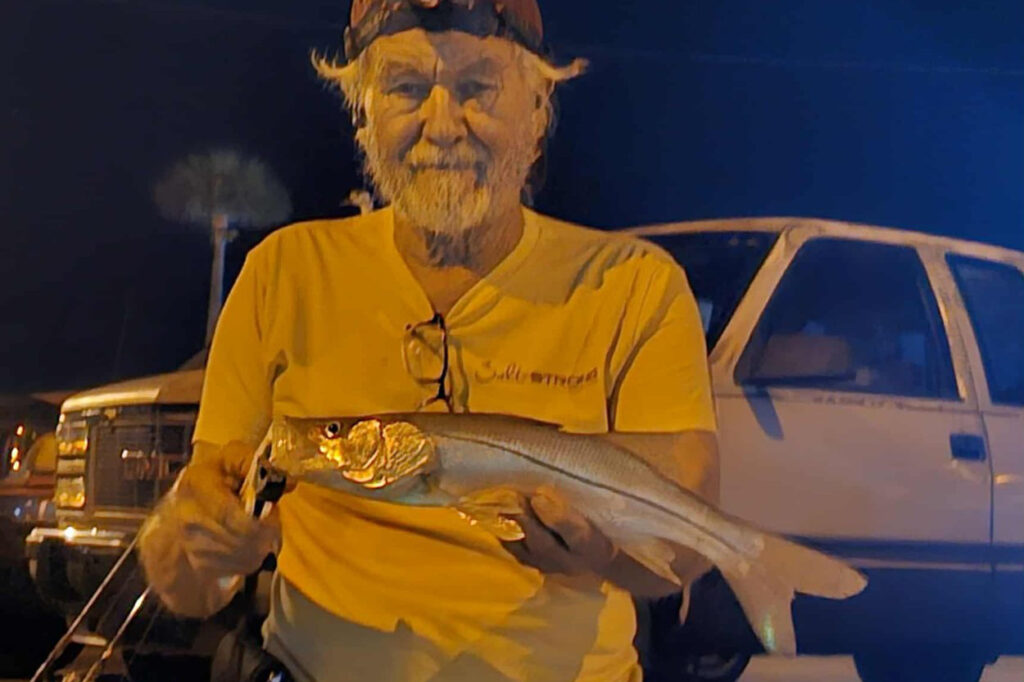
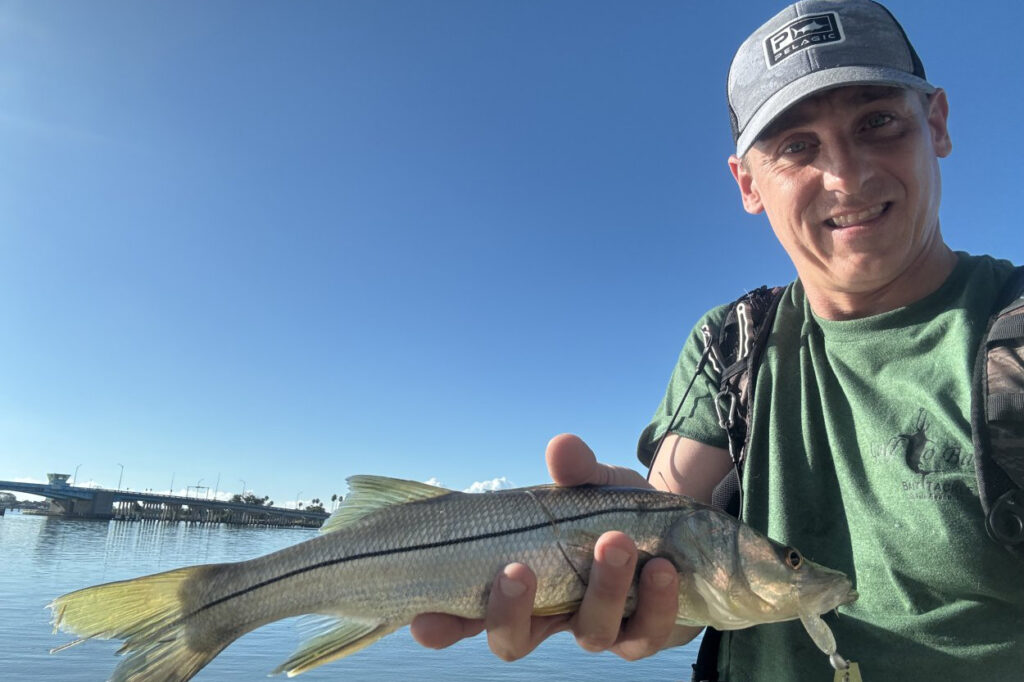
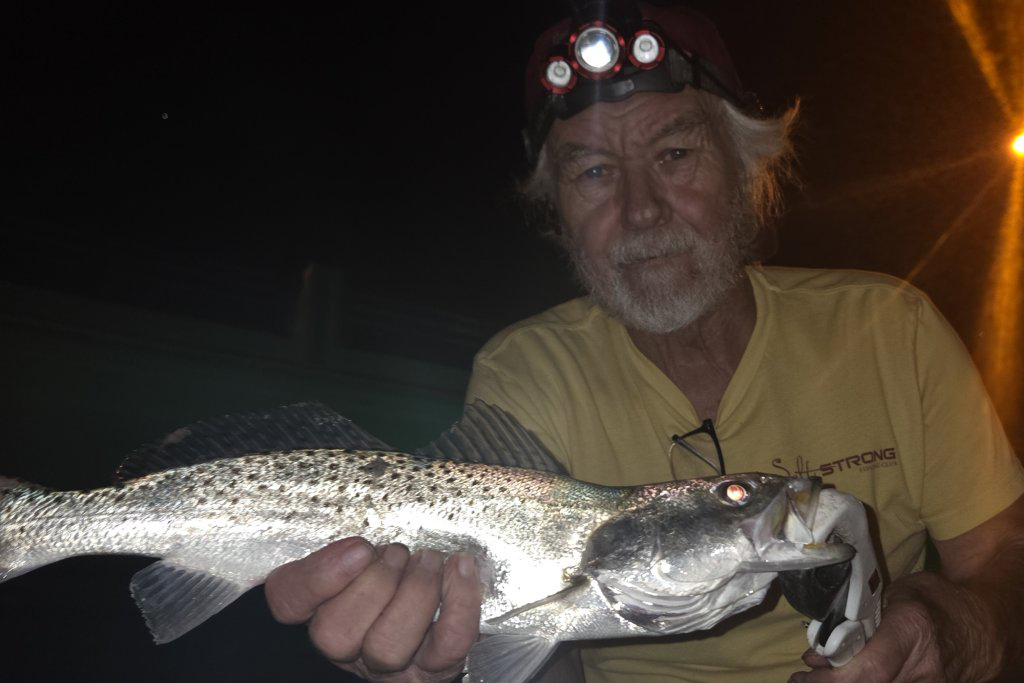
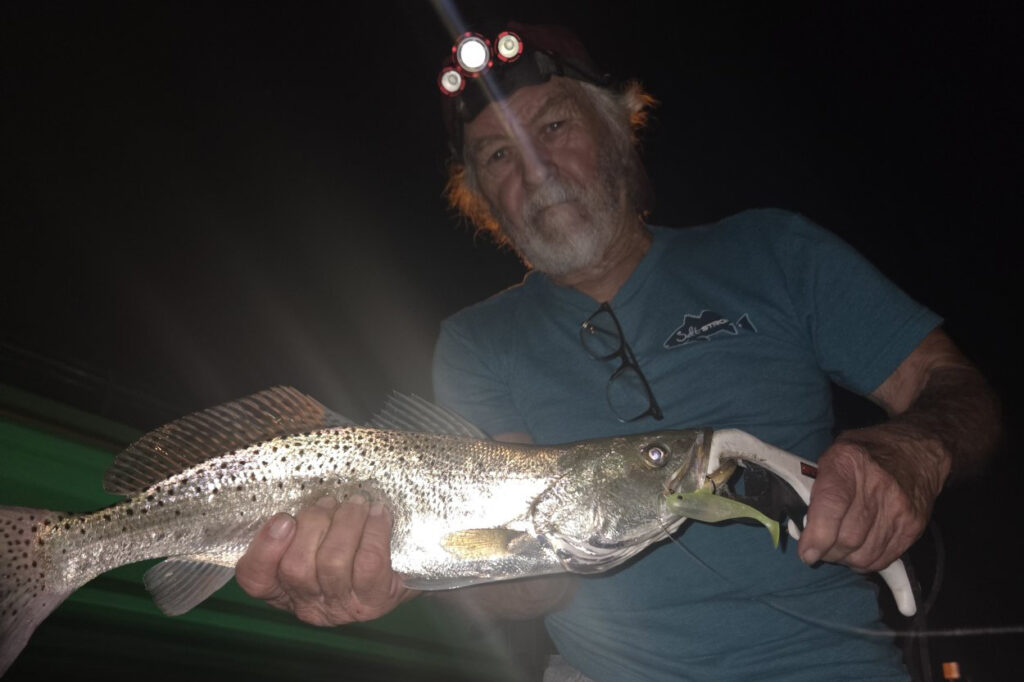
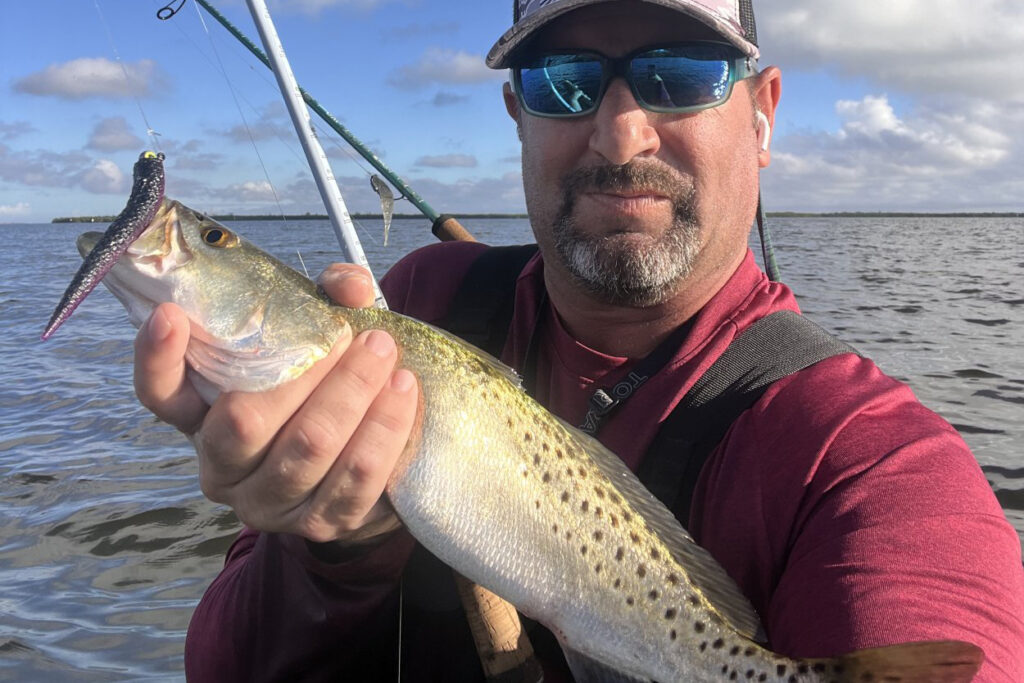
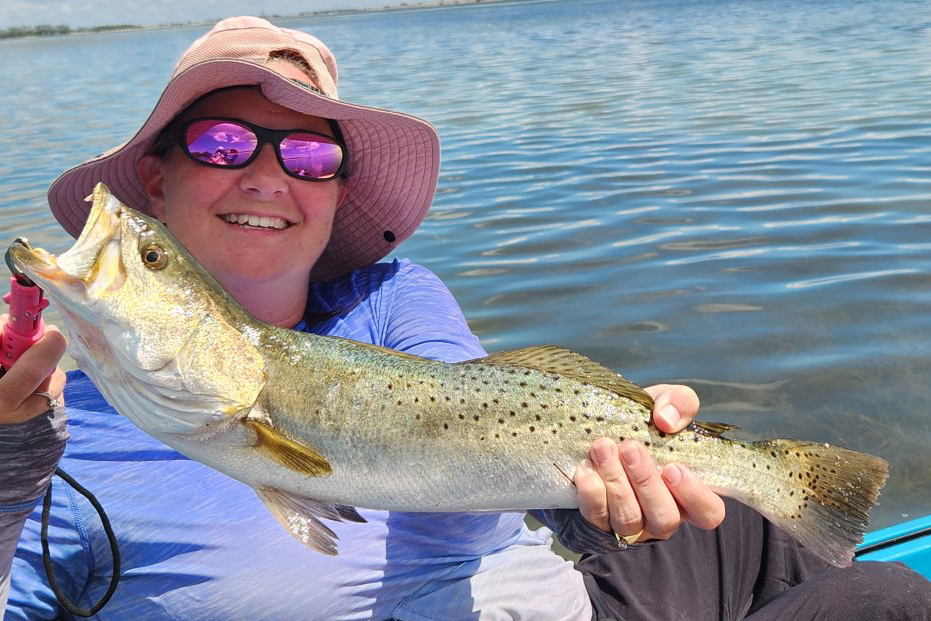
Inshore action remains strong with snook, trout, and redfish providing plenty of opportunities. Snook are very active right now, staging up around bridges, passes, and beaches where they can ambush bait getting flushed by the tides. Redfish are holding steady along mangrove shorelines, oyster bars, and around schools of mullet, though they’ve been a bit more selective during the heat of the day. Trout are still cooperating well across the flats and edges, especially during the early morning and late evening when the sun is lower. Mangrove snapper have also been thick around structures like docks and bridges, making them a great target for light-tackle anglers. Tarpon are rolling in good numbers around the passes and bay bridges, while mackerel continue to provide fast-paced action in deeper moving water. Sharks of all sizes are cruising the bays and beaches, rounding out a very exciting inshore fishery. However, fall is in the air and sheepshead are starting to show up more and more, tarpon thinning out, redfish about ready to flush to spawn and snook are on the move into the back and upper bay areas slowly.
Fishing Tips
- Snook: Use live baits like greenbacks, threadfins, and shrimp, or try flair hawks and soft plastics at night.
- Redfish: Look for them around mangroves, oyster bars, and flats, and use dead baits during higher tides.
- Trout: Target them with soft plastics, white bait, and shrimp around deeper flats and potholes.
- Tarpon: Target them during the full moon with crab flushes, making it an ideal time to target them.
- Flounder: Find them near sandy bottoms and structures, biting on bottom baits.
- Pompano: Be prepared to move frequently to stay on their bite.
- Sharks: Use big dead baits in areas with moving water.
Help spread the word about what to do if you hook or entangle a bird. Never cut the line; instead, reel in the bird carefully to dehook and release it. If you accidentally hook a dock, break the line at the hook to avoid leaving any line in the water. Seabirds with fishing lines hanging from them are becoming more common, and this could lead to the closure of fishing areas.
Rising concerns about bird entanglements might result in closing fishing spots, impacting the few available locations around Tampa Bay from shorelines, docks, bridges, or piers. Learn more in our recent podcast with Salt Strong: https://www.saltstrong.com/articles/shutting-down-fishing-at-busy-pier/.
NEarshore Fishing Report
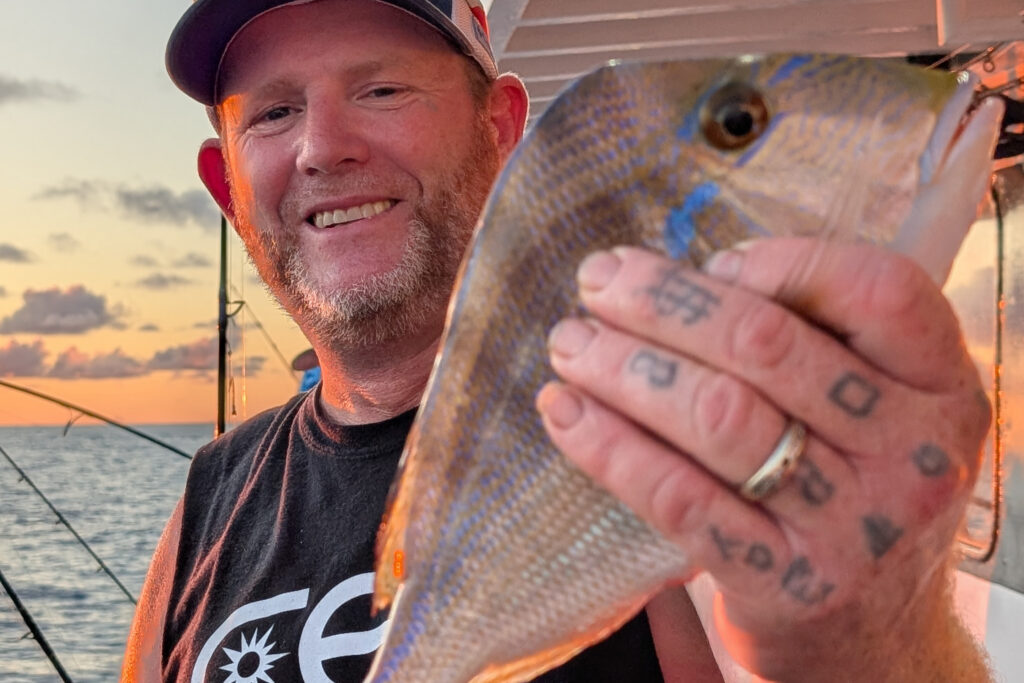
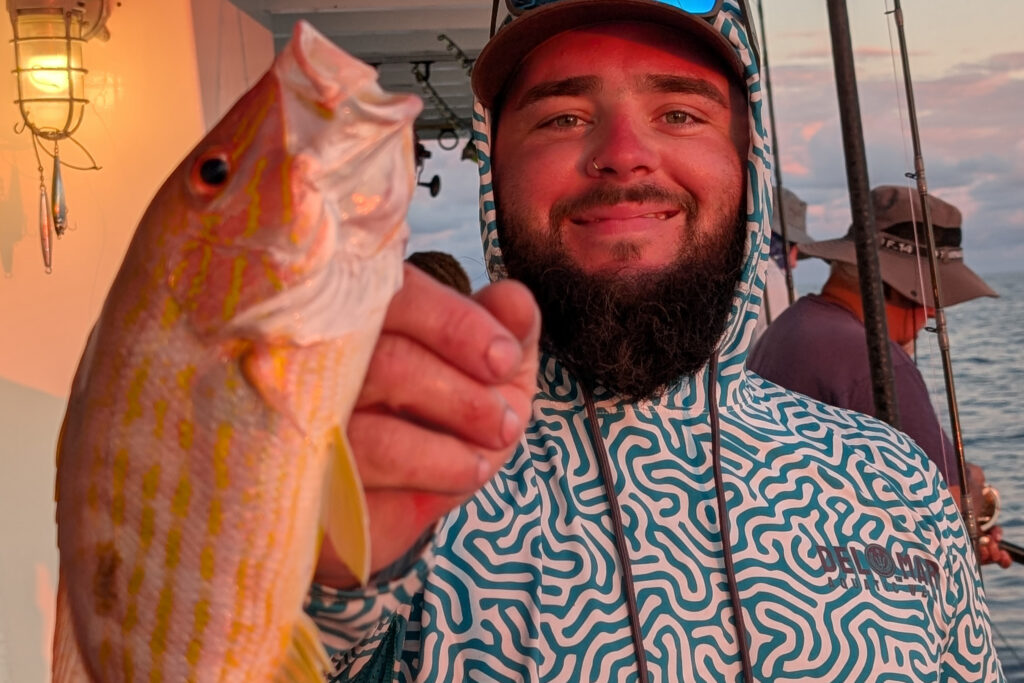
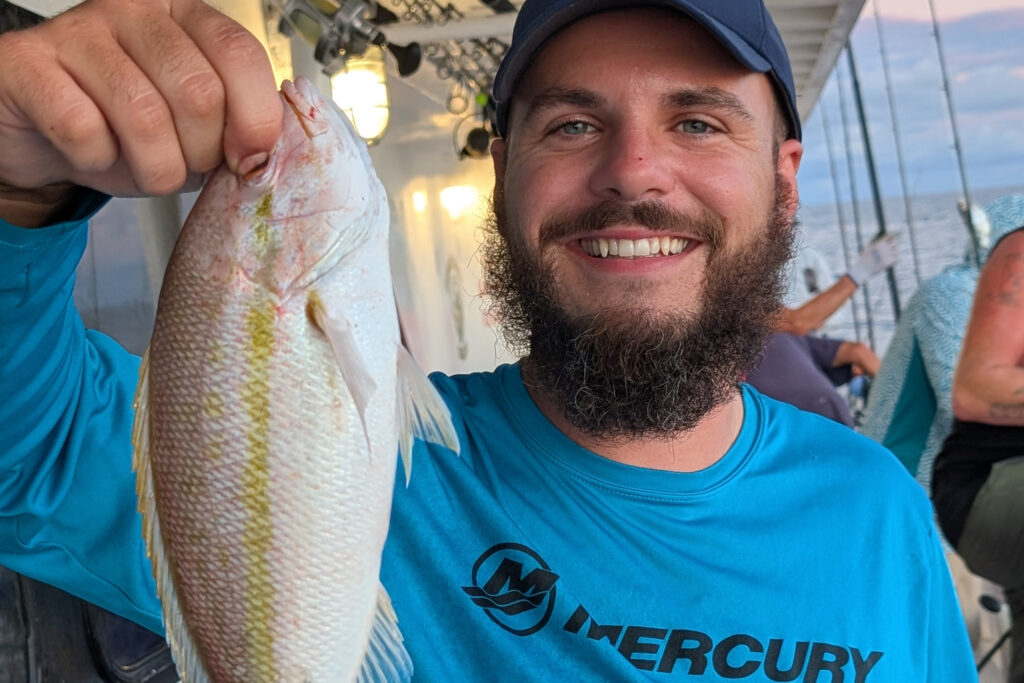
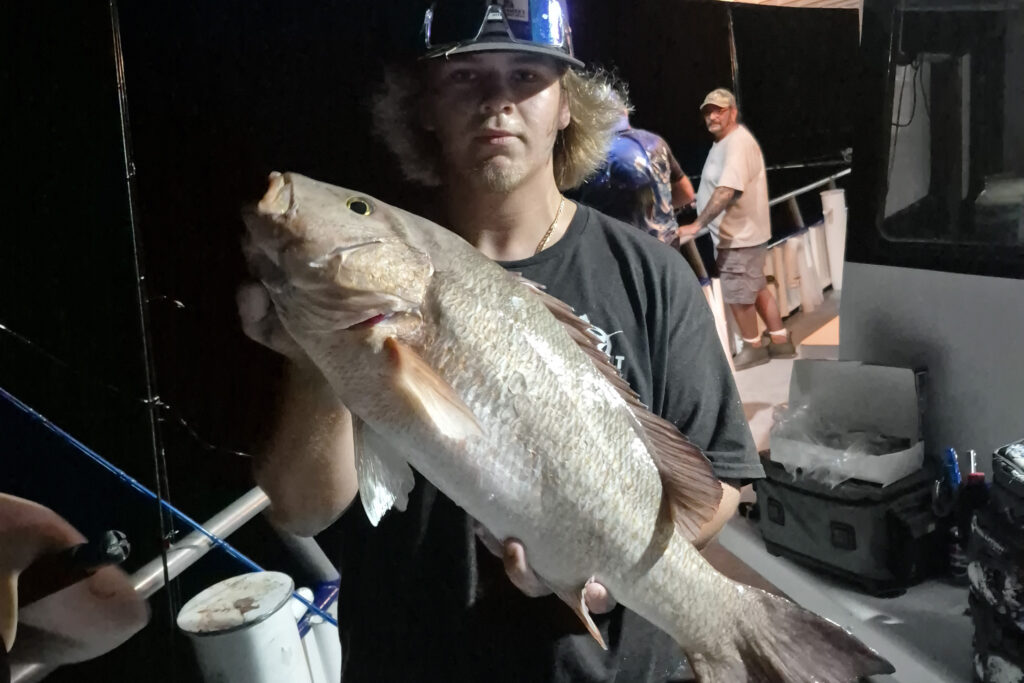
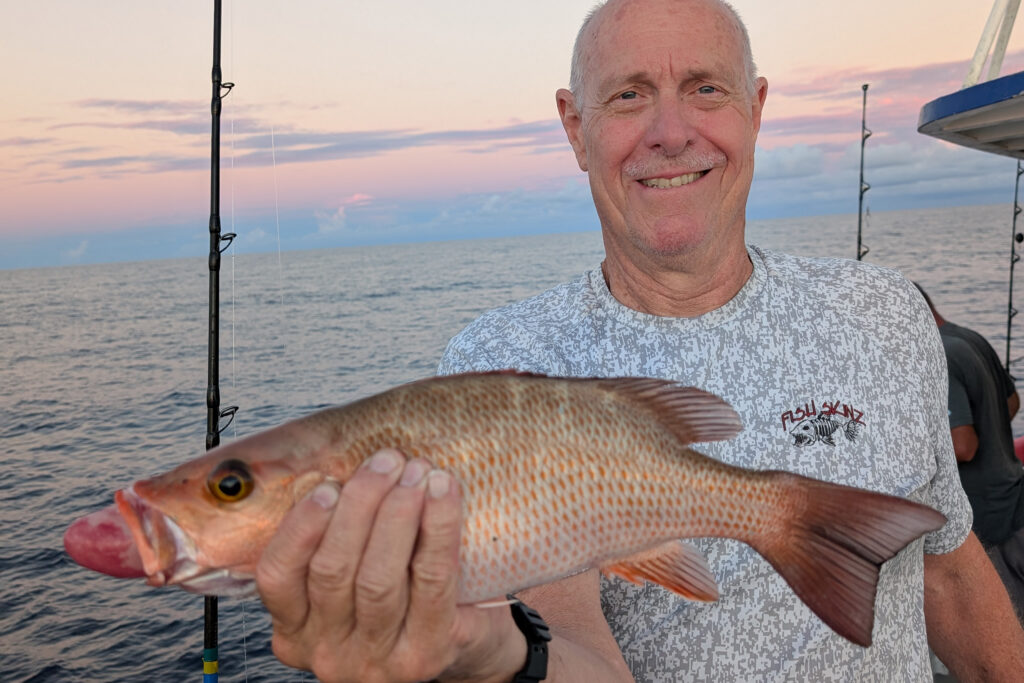
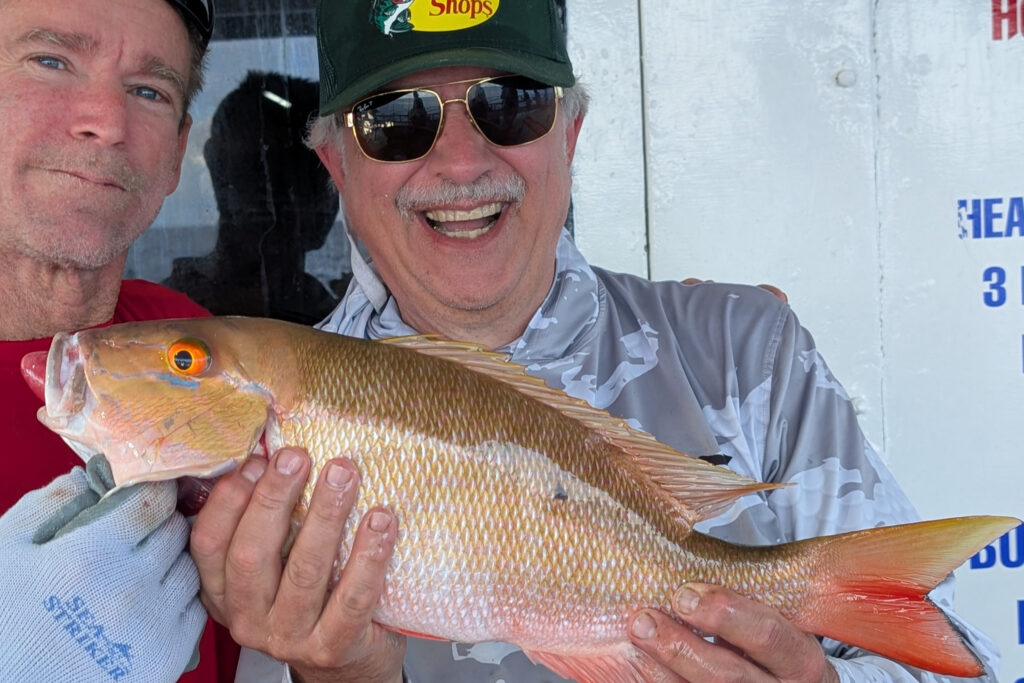
Near shore fishing has been productive with lane snapper leading the way in 60–100 ft of water. They’re aggressive feeders right now and have been hitting cut threadfins, squid, and live shrimp readily. Mangrove snapper are being caught more steadily as well, especially in the deepest near shore waters. Red grouper are still showing up on the ten-hour trips, although anglers often have to work through a lot of smaller fish before finding the keepers. Mahi have even been popping up in near shore waters, often appearing right behind the boat and striking fast-moving baits. These surprise catches have added some real excitement for near shore anglers.
As waters continue to cool, and days shorten, we are seeing the hogfish bite get better. Some of the ten hour trips, especially around this higher east wind, are staying closer, in shallower, and fishing around 40-60ft for the hogfish. We still see plenty of lanes, but the chances for mangroves and red grouper diminish while on these super focused hogfish hunts in shallower near shore waters. If the hogfish bite gets better and better these will become the norm, compared to fishing deeper in the summer hunting for some red grouper, mangroves and the occasional hogfish with the steady lanes either way seemingly.
Fishing Tips
- Red Grouper: Target the deepest near shore waters with big dead baits or solid live baits. Use 60 lb test and 7/0 hooks for best results.
- Red Snapper: Use big dead baits like whole squid and bonita strips with heavy tackle to focus on larger fish. Prime trips include the 12-hour extreme, 39-hour, and 44-hour trips.
- Scamp Grouper: Use small to medium pinfish and cut threadfin, especially while targeting mangrove snapper.
- Mangrove Snapper: Near shore, use live shrimp and small chunks of threadfin on 30-40 lb test with 3-4/0 hooks. Offshore, use bigger chunks of cut threadfin or medium pinfish on 40-60 lb test with 5-7/0 hooks.
- Vermillion Snapper: Start around 100 feet of water using cut squid or threadfin. These fish are aggressive and not leader-shy.
- Yellowtail Snapper: Use shrimp, cut squid, and threadfin.
- Pelagic Species: Keep flat lines and pitch rods ready for sailfish, kingfish, wahoo, tuna, and mahi mahi.
Offshore Fishing Report
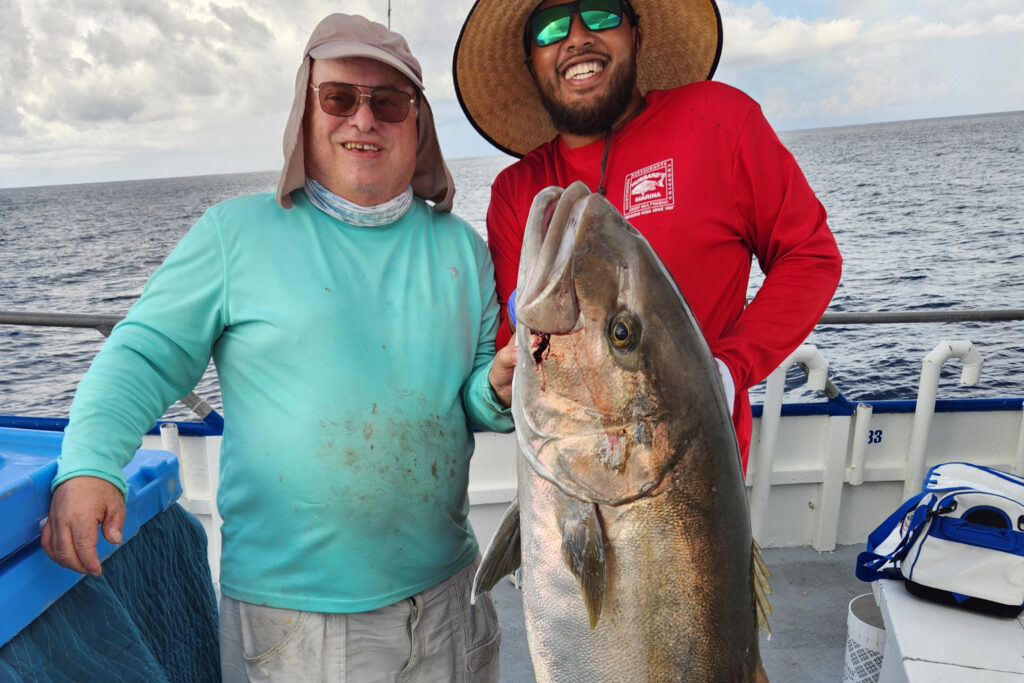
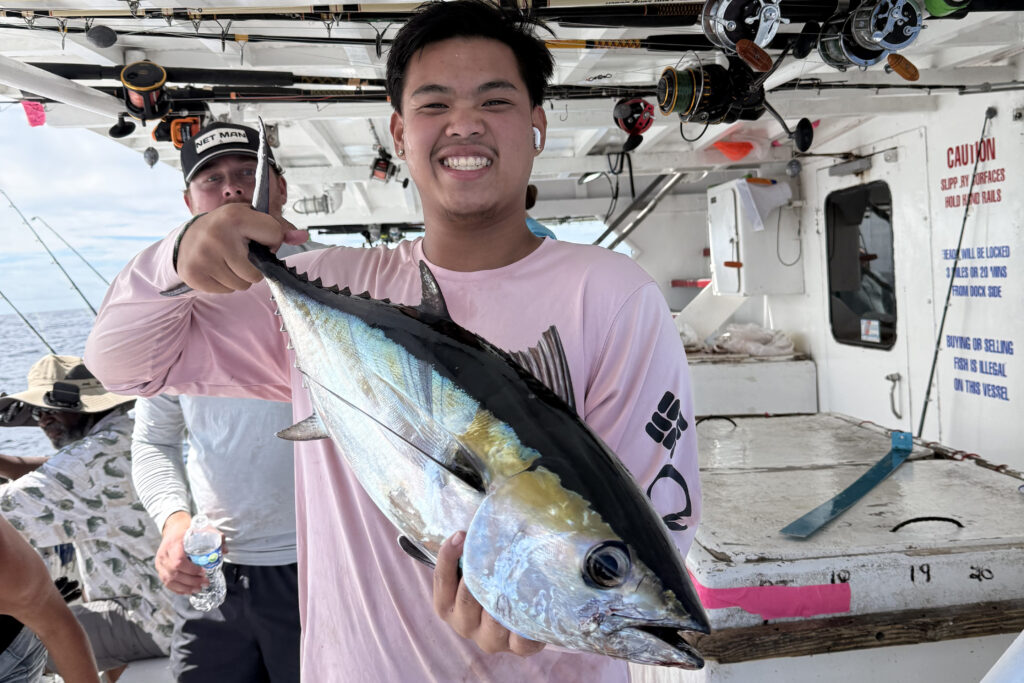
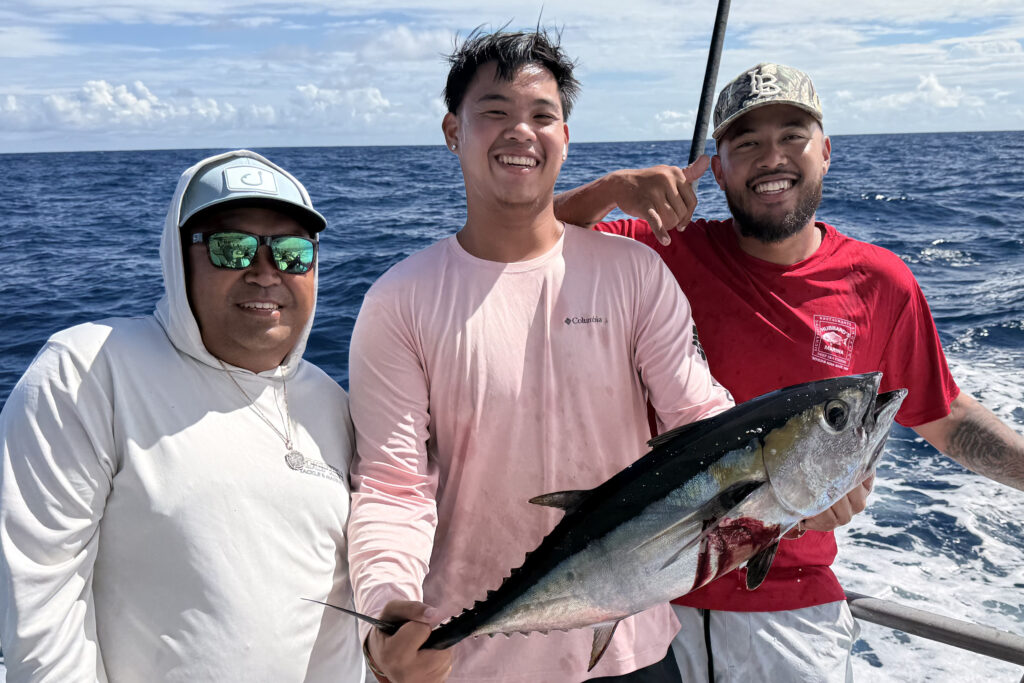
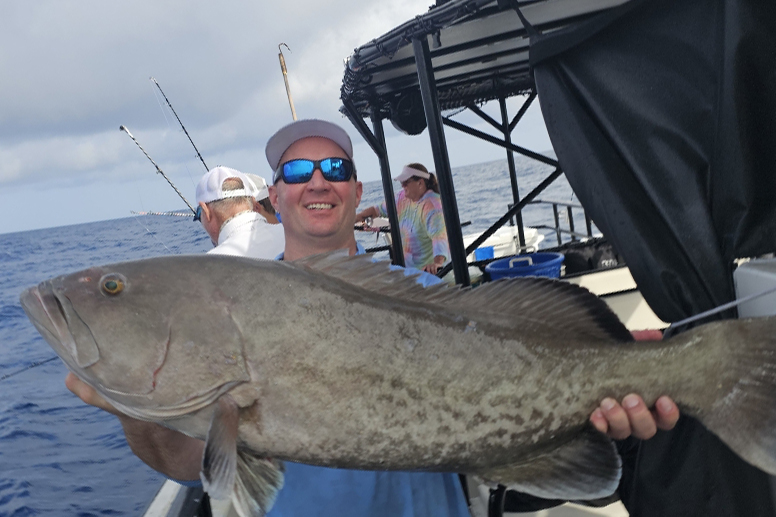
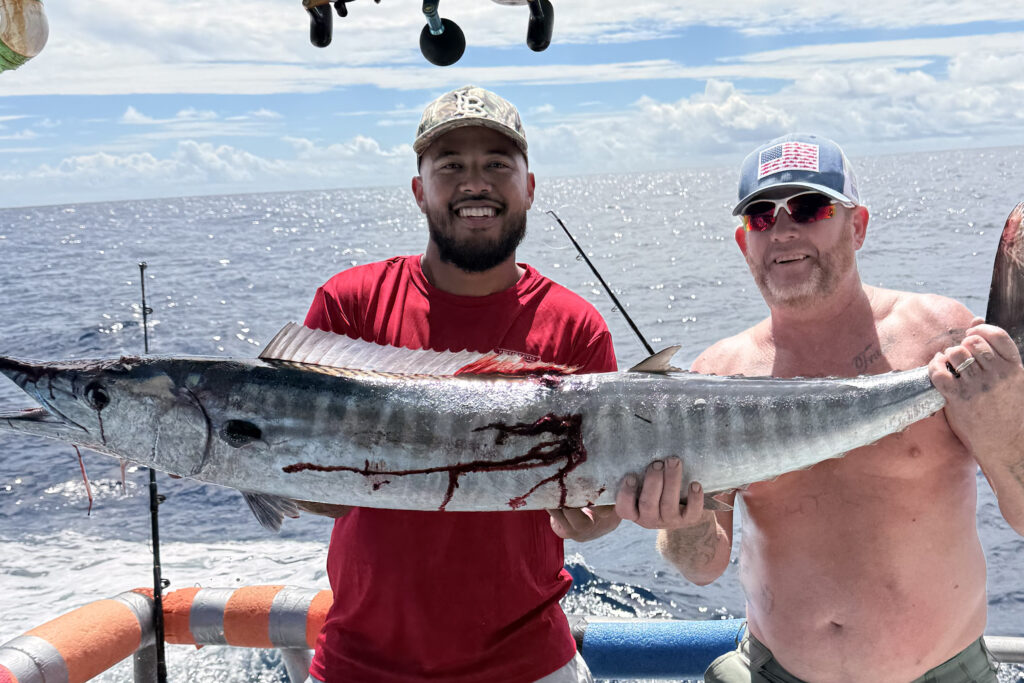
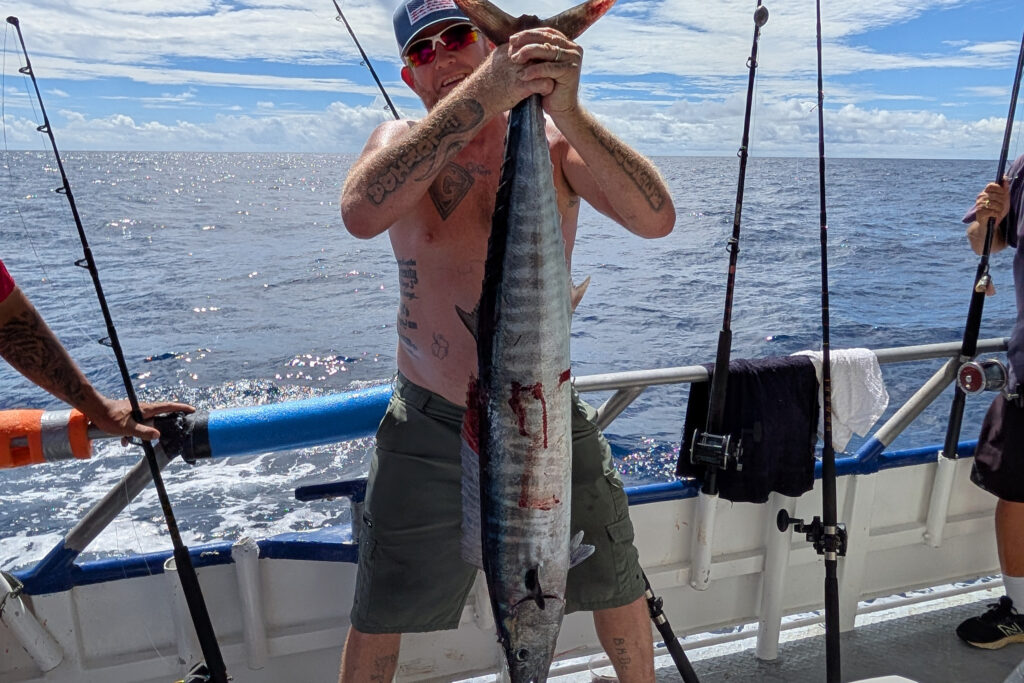
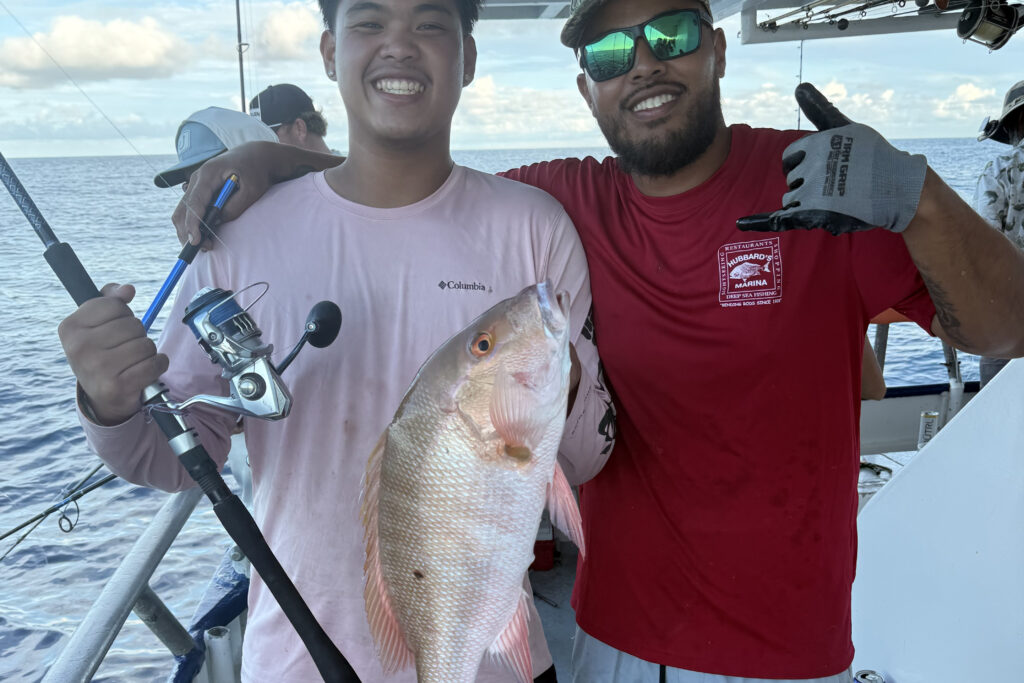
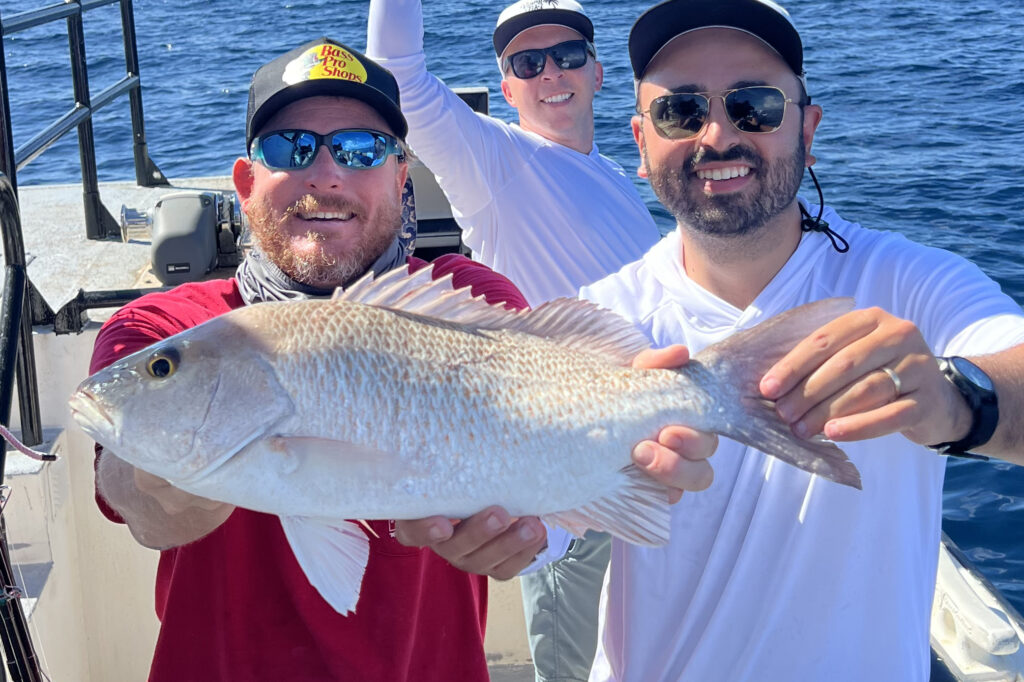
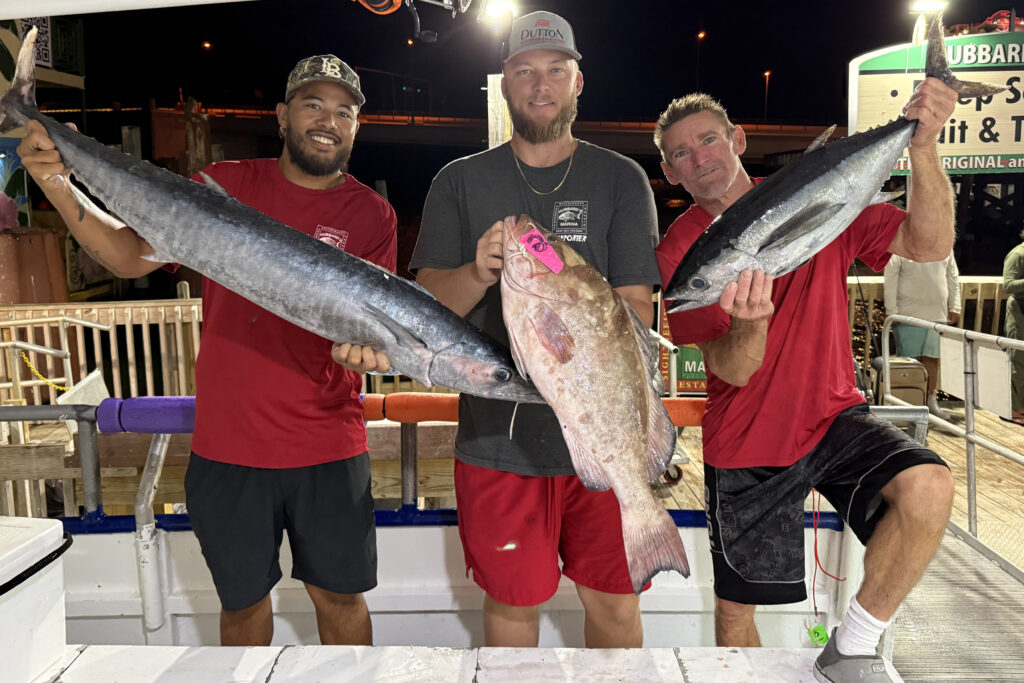
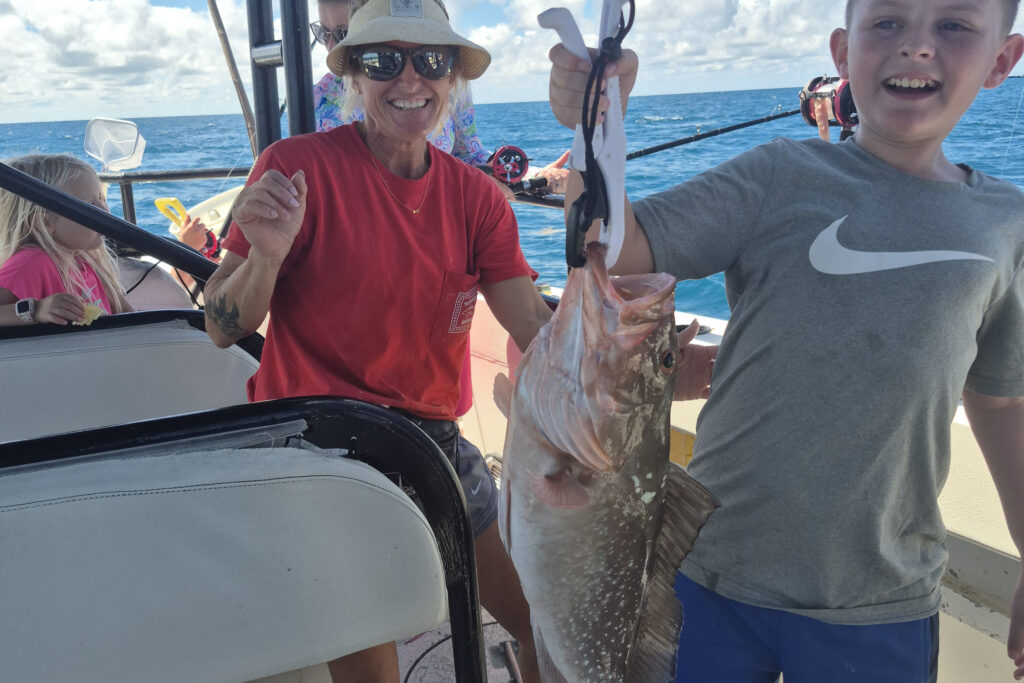
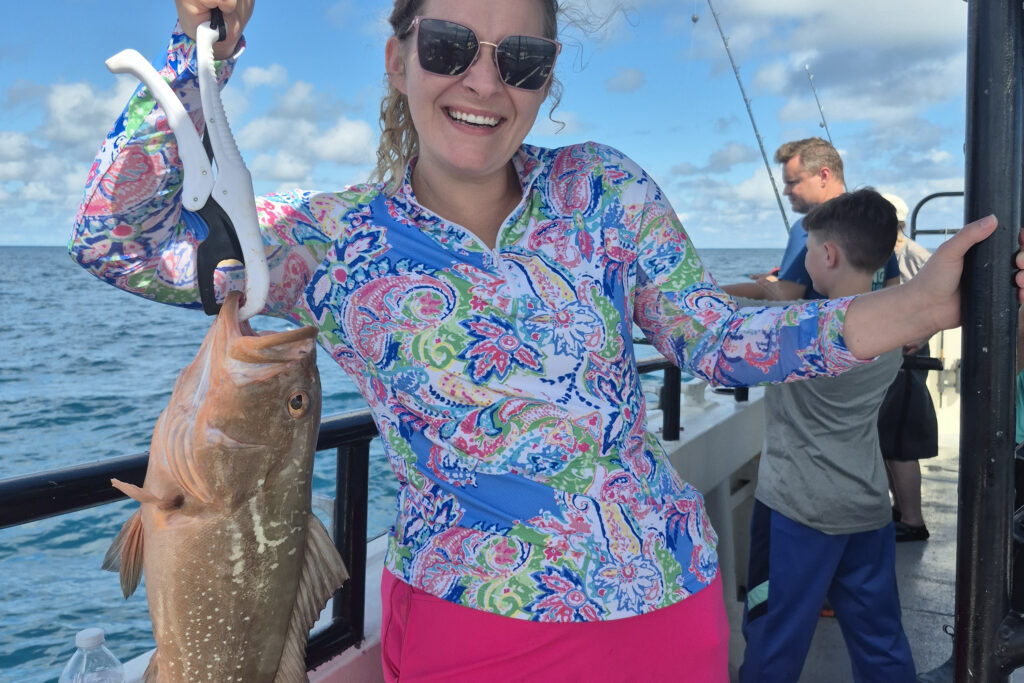
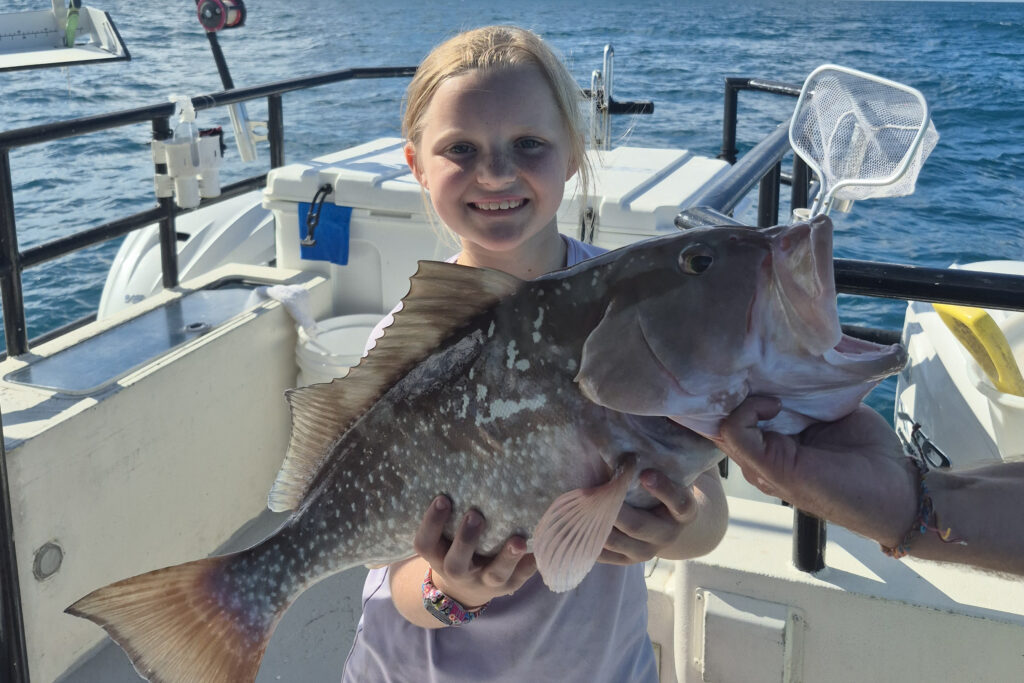
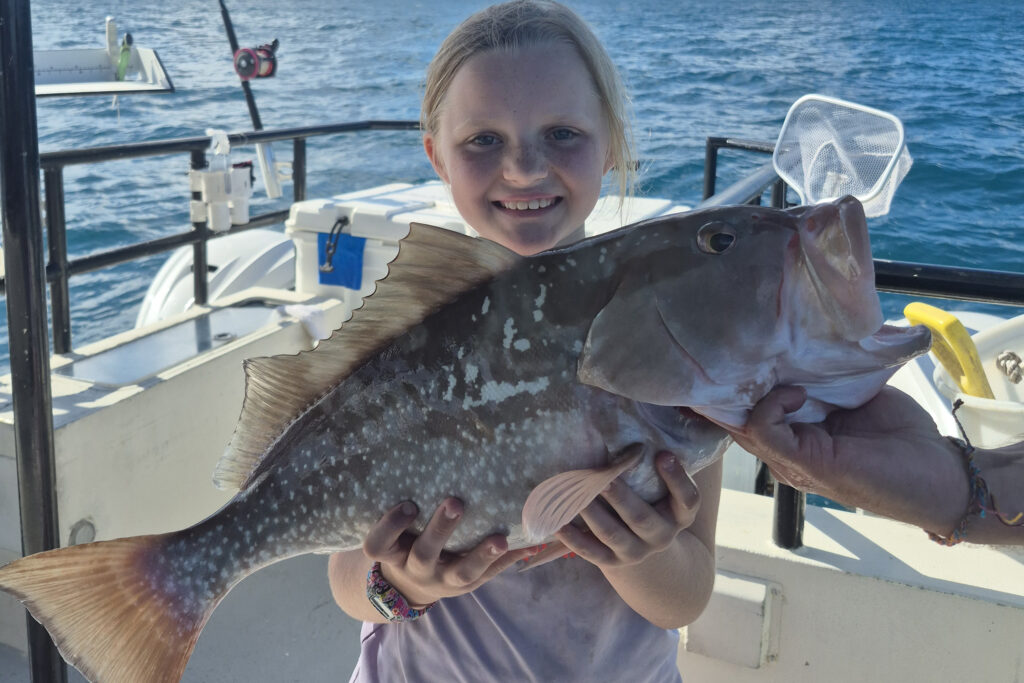
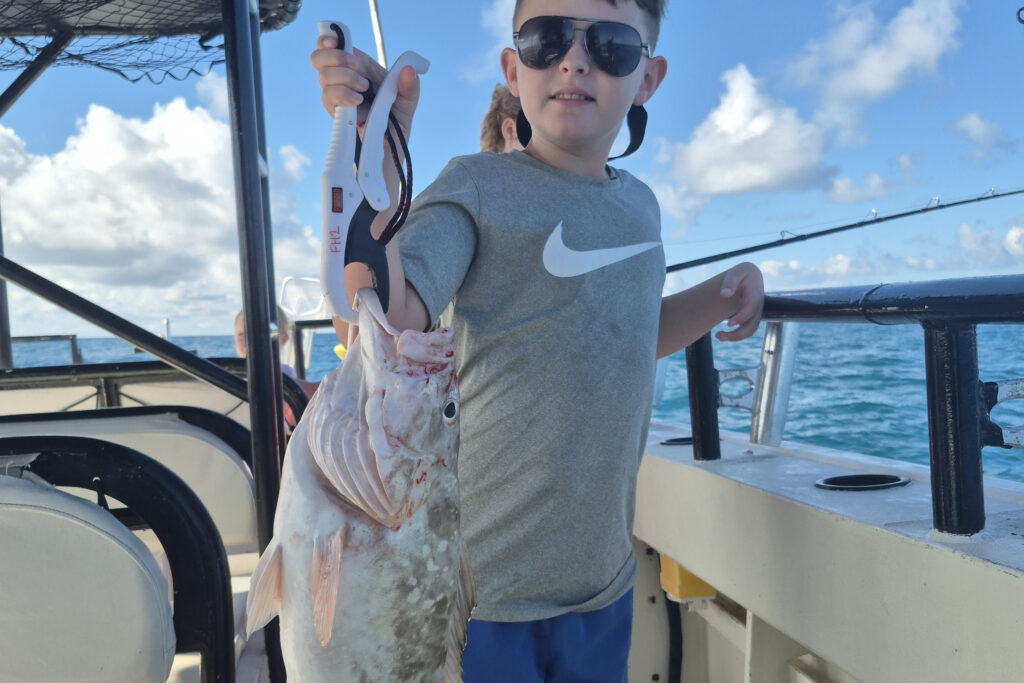
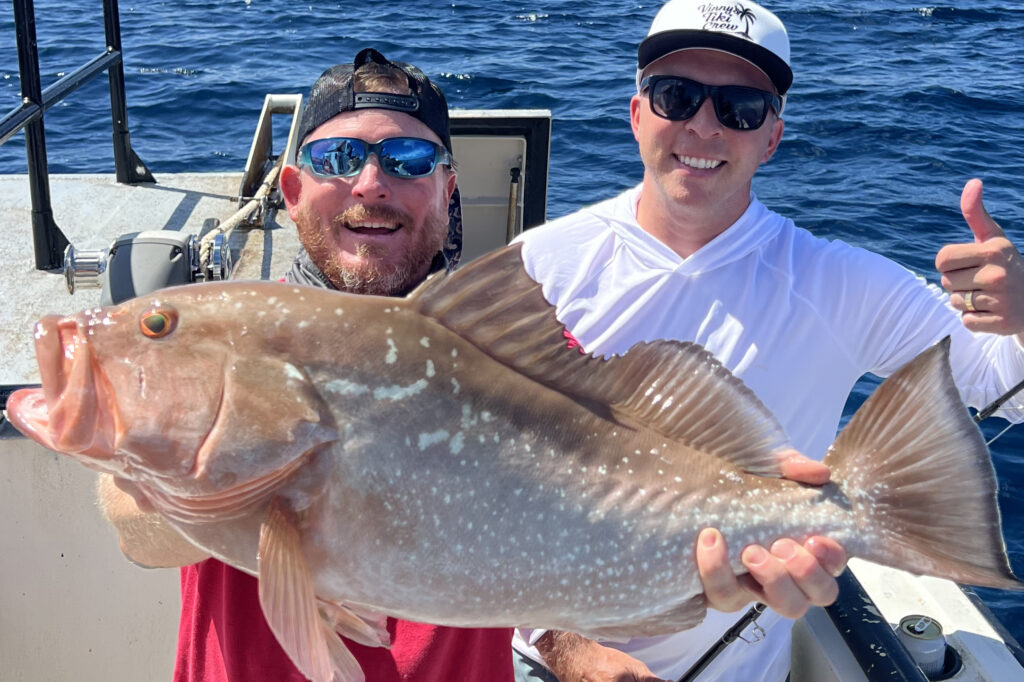
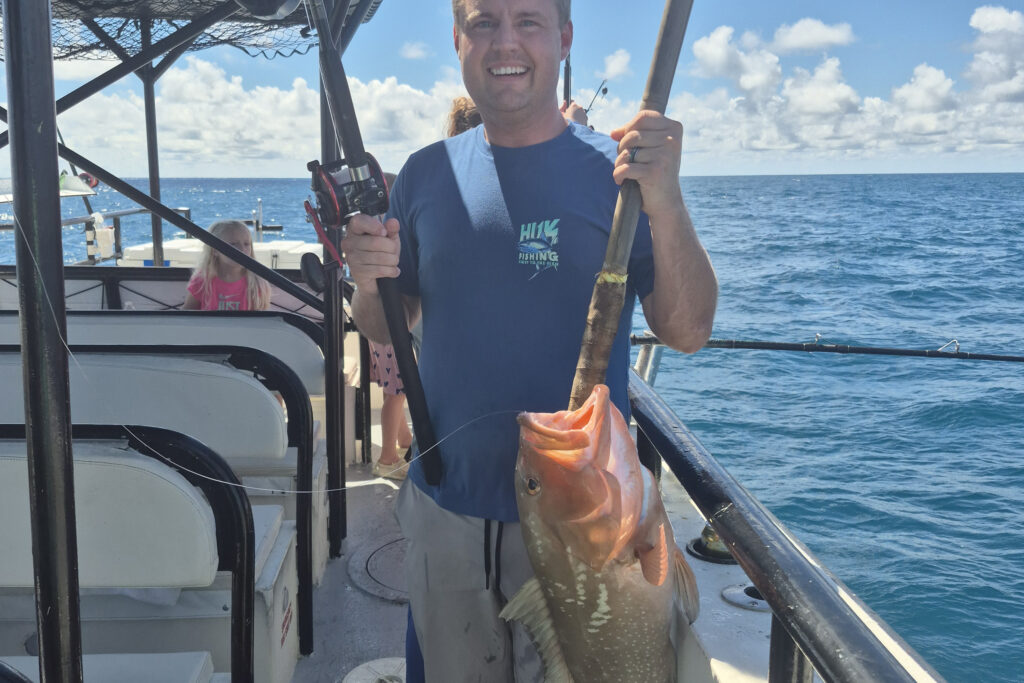
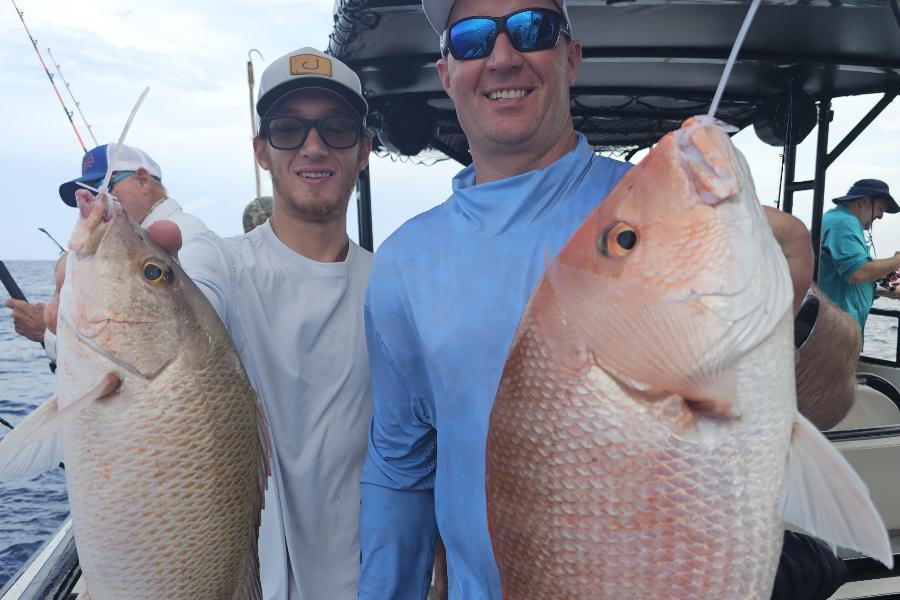

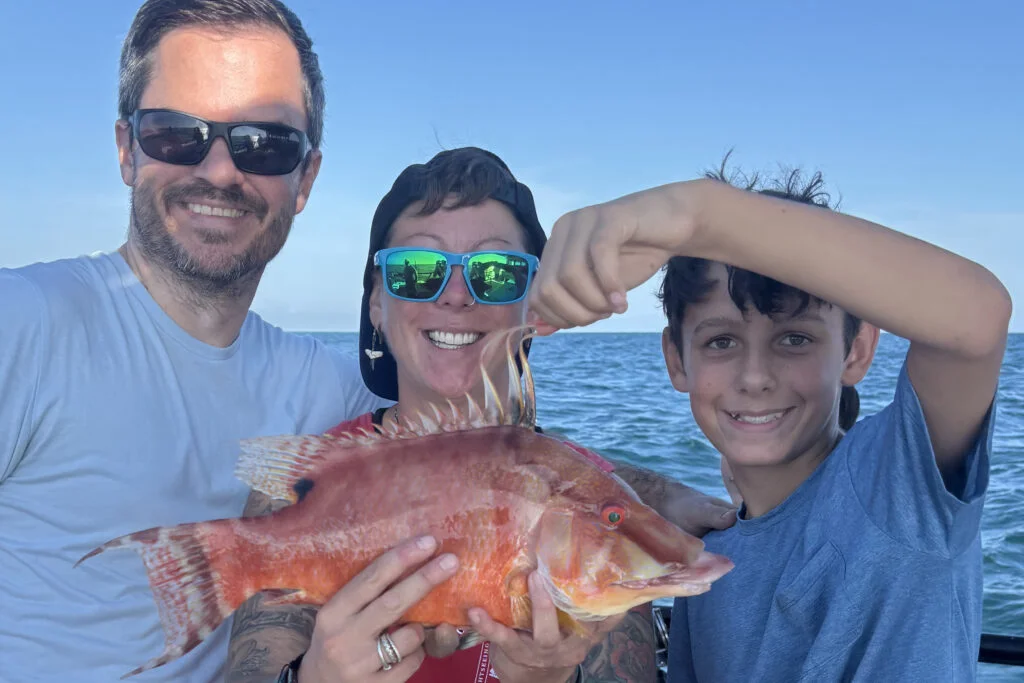
Offshore fishing is in full swing, and the action has been impressive. Red grouper are biting well offshore, especially in the 120–180 ft depths on cut or live baits. Scamp grouper have been showing up on the longer-range trips, with some solid catches on small pinfish or cut threadfin. Mangrove snapper remain a reliable target, especially with cut threadfin on the double snell rig. Yellowtail snapper have been active during night and sundown bites on the 39-hour trips, with a few being caught during the daytime as well. Vermillion snapper, porgies, and almacos are rounding out the catches, while the pelagic bite is keeping things exciting with blackfin tuna, kingfish, and the occasional wahoo making an appearance.
Overall, it’s a great time to head offshore with Hubbard’s Marina to take advantage of the variety and quality of fish biting right now and plenty of fish able to be kept. Challenge lately has been this weather, were hoping for a little weather window to take advantage of this full moon bite!
Don’t forget, that we have some great videos on our fishing tips and tricks page here to show you how to target and rig for almost any species-> https://www.hubbardsmarina.com/fishing-tips/
Remember that when fishing in deeper nearshore and offshore federal waters, the Descend Act requires you to have a descending device or venting tool “rigged and ready.” If you know how to use a venting tool, keep it prepared. If not, here’s some helpful advice: https://bit.ly/3L5HTnv. Using a descending device is straightforward and doesn’t require as much precision or practice as venting. Return em’ Right has a training course only takes about 10-15 minutes, and you can learn valuable techniques to protect our offshore fishery. Spread the word by visiting: https://returnemright.org/.
TERMS OF REFERENCE-
Inshore: This covers the areas from the inner bays, through the bridges, and right up to the beaches.
Near Shore: This includes the coastal waters from the beaches up to twenty miles offshore, or up to a depth of 100 feet.
Offshore: This extends from twenty miles offshore or from a depth of 100 feet and beyond.
For more fishing reports, photos, videos, and other content, check out Hubbard’s Marina on Facebook, Instagram, YouTube, TikTok, Twitter, Pinterest, or Snapchat by searching for @HubbardsMarina. Remember our family motto: “If you’re too busy to go fishing, you’re just too busy!” Thank you for reading our report.
Capt. Dylan Hubbard, Hubbard’s Marina
Phone or text: (727) 393-1947
Website: Hubbard’s Marina
If you’re not seeing the latest article, try clearing your browser cache.
You can search “how to clear browser cache” on Google for quick steps.

